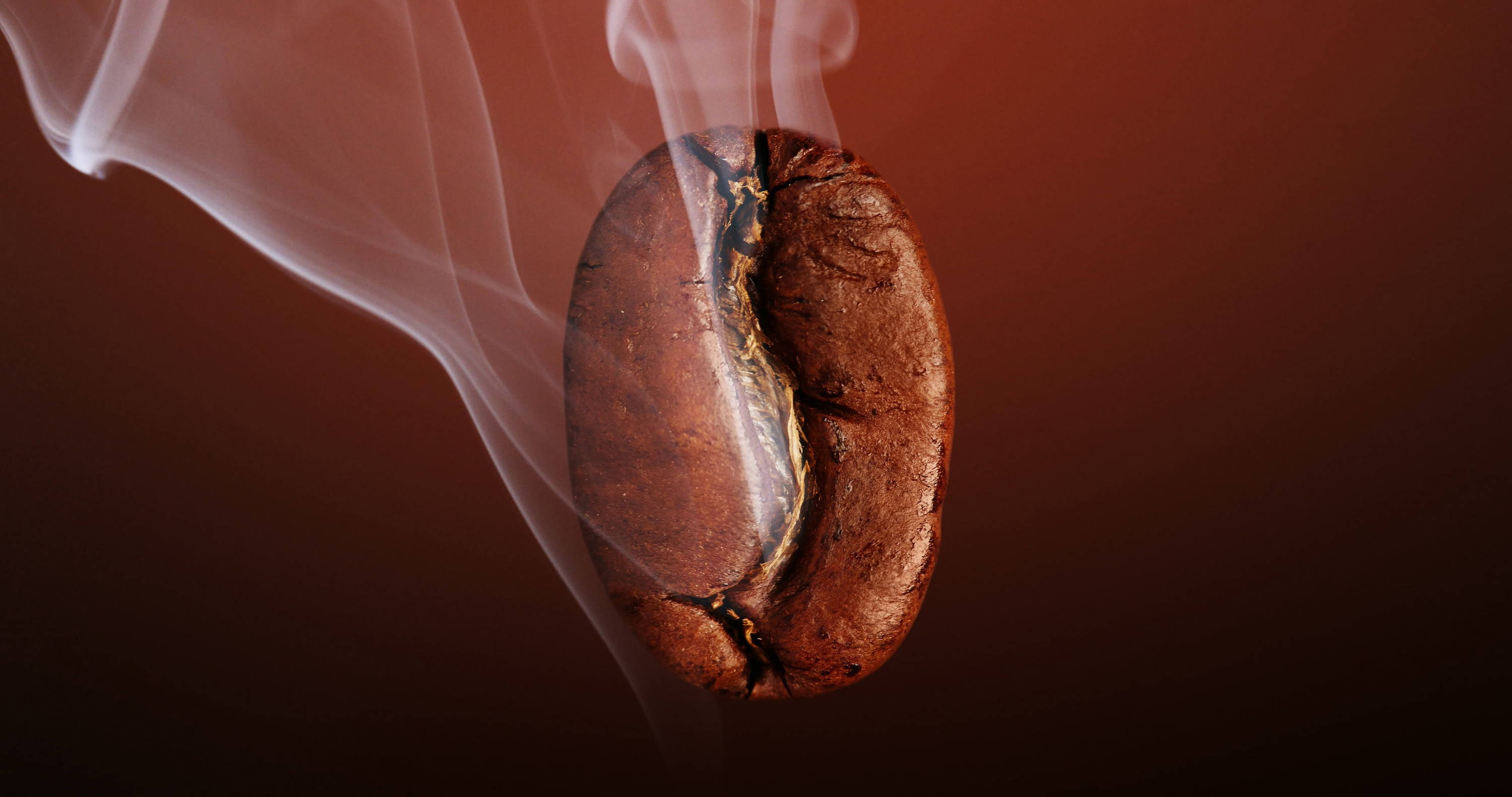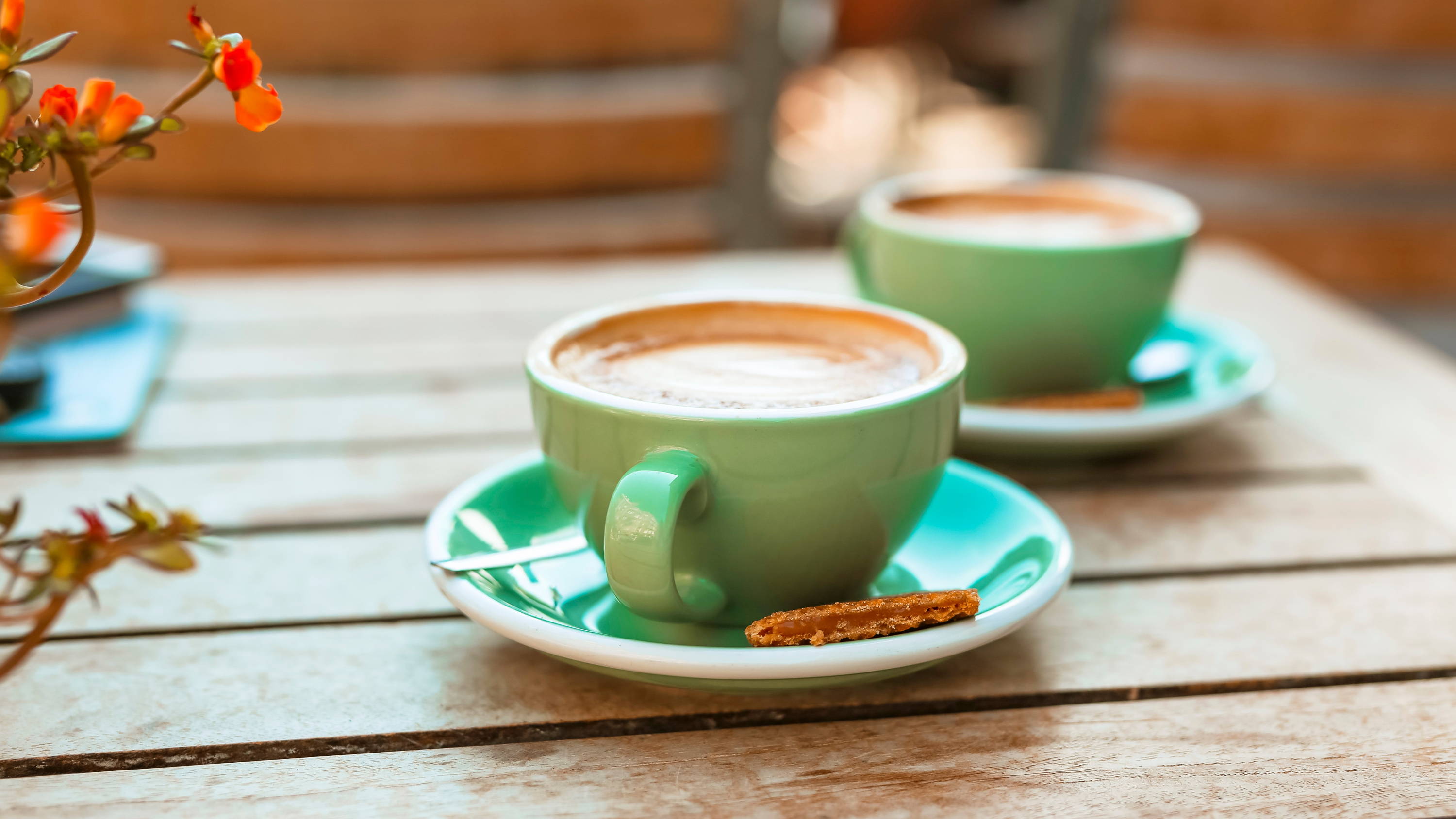Cart
Your cart is empty
Have you ever paused to inhale the rich, inviting aroma of freshly brewed coffee? That captivating scent is no accident; it emerges from a complex interplay of chemistry, cultivation, and culture. Understanding what creates this enchanting fragrance can deepen your appreciation for every cup you enjoy.
In this exploration, we’ll uncover the factors that influence coffee's aroma and how cultures around the world celebrate these delightful scents. So, pour yourself a cup of joe and immerse yourself in the captivating world of coffee aromas!
Subscribe
To join our mailing list and never miss event update!
The Science Behind Coffee Aromas


The Variables That Influence Aroma
Coffee Culture and Its Aromatic Appreciation

The captivating fragrance of coffee is a beautiful blend of science, cultivation, and culture. From the chemical compounds released during roasting to the influence of regional origins and processing methods, each aspect contributes to the rich aromatic profile of your favorite brew.
As you embark on your coffee journey, take the time to explore the different factors that create those alluring scents. Embrace the rituals and cultural practices that celebrate coffee, and allow the aroma to enhance your experience. So, the next time you brew a cup, pause to appreciate the delightful fragrance that envelops you—it's a testament to the intricate world of coffee that awaits. Cheers to your aromatic adventure!
Subscribe
To join our mailing list and never miss a baby update!